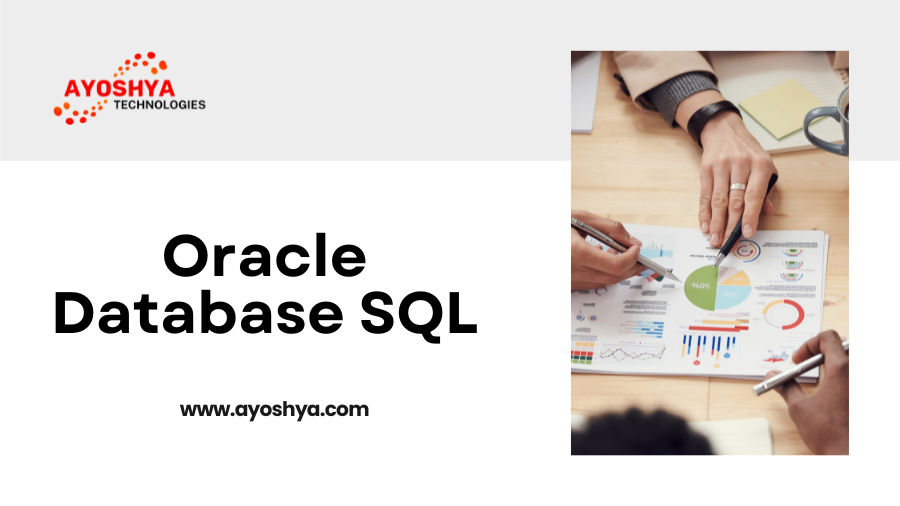SAP For Me Support – Free SAP Support Portal Login 2024 ….

Unveil the secrets of the FREE SAP Support Portal Login! Get expert help, browse knowledge bases, and troubleshoot like a pro. Discover everything you need to know about SAP technical support… and more!
Is your SAP system throwing a tantrum? Don’t let mission-critical operations grind to a halt!
Unleash the power of the FREE SAP Support Portal Login and conquer your technical woes. This one-stop shop empowers you with the tools and resources to troubleshoot like a pro, access expert help, and get your SAP system singing in harmony once again. Whether you’re battling a stubborn error message or simply seeking knowledge-base wisdom, the SAP Support Portal is your secret weapon for navigating the complexities of your Enterprise Resource Planning (ERP) software. But wait, there’s more! This guide will unlock the full potential of the portal, revealing not only the free resources but also alternative support options to ensure your SAP needs are always met. So, buckle up and get ready to transform your SAP experience – from frustration to smooth sailing!
Who Can Use the Free SAP Support Portal Login?
Unveiling the gateway to a treasure trove of SAP problem-solving resources, the free SAP Support Portal Login is a valuable tool at your disposal. But before embarking on this self-service journey, it’s crucial to understand who qualifies for access.
Limited to Valid SAP Licenses and Maintenance Agreements
The SAP Support Portal primarily caters to users who are part of organizations with active SAP subscriptions. These subscriptions typically encompass two key components:
- SAP Licenses: These grants your organization the legal right to use specific SAP software products. There are various license types available, each defining the scope of authorized usage (e.g., number of users, functionality access).
- Maintenance Agreements: Think of these as your support insurance. Maintenance agreements ensure you receive ongoing technical support, access to software updates and bug fixes, and eligibility to utilize the SAP Support Portal. The specific level of support included within your maintenance agreement will vary depending on the chosen plan.
Understanding the Role of Your S-User ID
Since access to the SAP Support Portal is restricted to authorized users, a unique identifier is required for login purposes. This unique identifier is known as your S-user ID. Imagine it as your personal key to unlocking the vast resources within the portal.
Obtaining your S-user ID is a straightforward process, but it typically involves assistance from your company’s designated SAP administrator. The administrator is responsible for managing SAP user accounts within your organization, including creating and assigning S-user IDs. If you’re unsure who your SAP administrator is, reaching out to your IT department is a good first step.
6.1 How much does SAP support cost?
The SAP Support Portal offers a wealth of free resources, but for more complex issues, paid support plans are available. These plans provide access to a wider range of services, including:
- Priority access to SAP support engineers: When critical business systems are down, getting help quickly is paramount. Paid plans often offer faster response times and dedicated support personnel.
- Proactive problem solving: Beyond reactive troubleshooting, paid support can include proactive measures to identify and prevent potential issues before they disrupt your operations.
- Advanced guidance and expertise: For highly technical challenges or specific industry needs, paid support plans offer access to consultants with in-depth knowledge and experience.
The cost of SAP support varies depending on your specific needs and the level of service required. Factors such as the size of your organization, the number of SAP users, and the types of systems you use will all influence the pricing structure. It’s always best to contact SAP directly or consult with an SAP partner to get a quote tailored to your specific requirements.
6.2 What if I don’t have an S-user ID?
If you don’t have an S-user ID, you won’t be able to access the full functionality of the SAP Support Portal. However, there are still ways to get help:
- Contact your company’s SAP administrator: The SAP administrator within your organization is responsible for managing user accounts and system access. They can create an S-user ID for you and provide you with the necessary login credentials.
Conclusion
In conclusion, the free SAP Support Portal login unlocks a treasure trove of resources for any SAP user. From tackling everyday issues with the wealth of knowledge base articles and SAP Notes, to connecting with fellow SAP enthusiasts in the community forums, the portal empowers you to become a self-sufficient SAP problem solver. Don’t hesitate to leverage the power of the portal – whether you’re downloading critical software updates or submitting a support ticket for that more intricate technical hurdle. Remember, for complex scenarios, paid support plans might be the best course of action.
you may be interested in this blog here:-
UKG Class UKG English Question Paper 2024
Top SAP Module is best in 2024 for Career Growth
Salesforce Navigating Setup: A Guide to Configuring Your CRM











